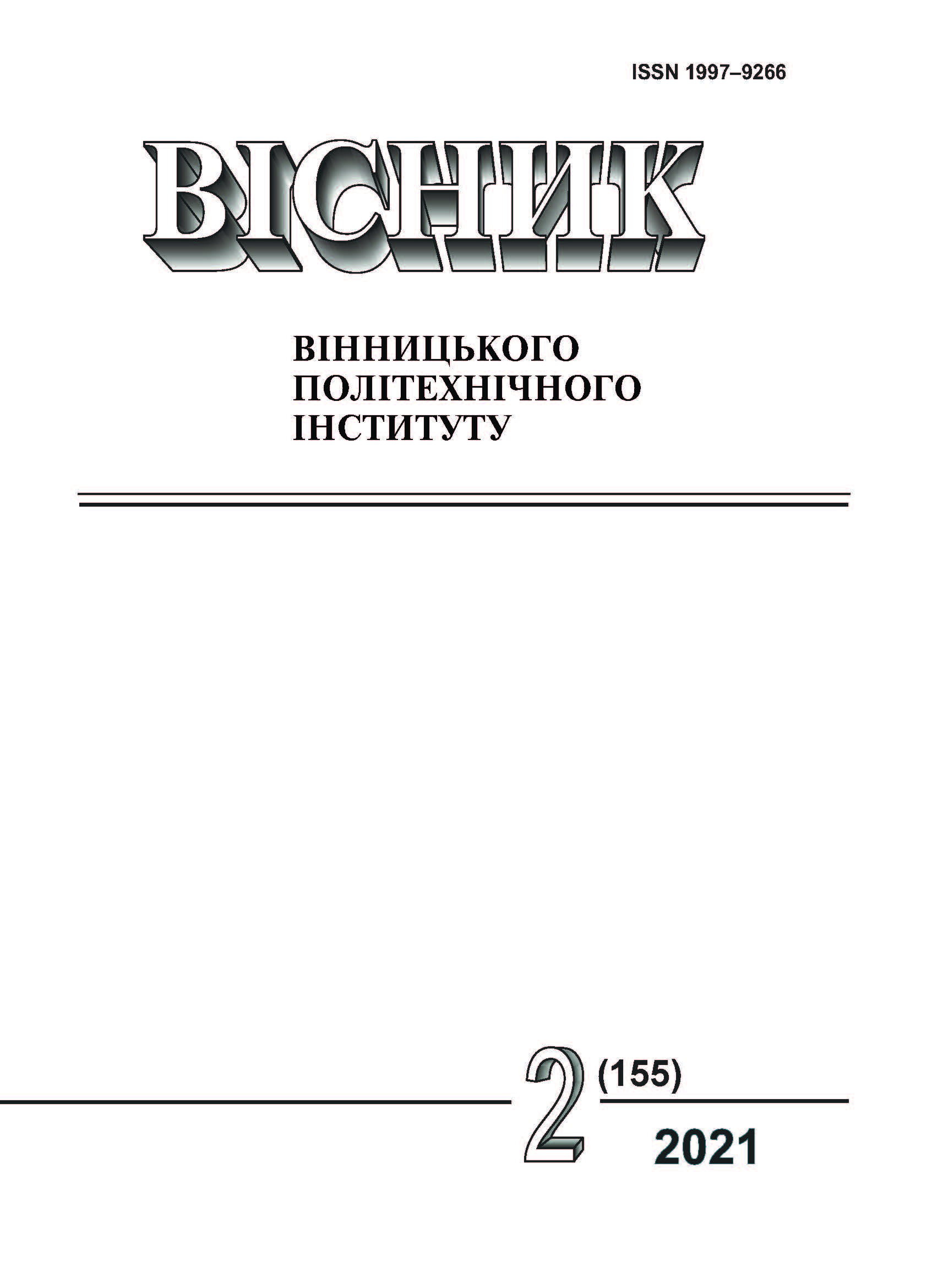Mechanisms of Blockchains Integration with Each Other
DOI:
https://doi.org/10.31649/1997-9266-2021-155-2-85-91Keywords:
cryptocurrency, bitcoin, blockchain, sidechain, blockchain integration, Merkle tree, smart contract, proof of workAbstract
This paper considers the need for blockchain integration and the problems that arise along the way. The idea of transporting bitcoins by destroying them on one blockchain and creating a corresponding value on another blockchain is considered.
A brief description of such concepts as bitcoin transaction and bitcoin block is given. The Merkle Tree data structure, its internal organization, and its benefits are described in detail. The algorithm for constructing a “Merkle Tree” for a block of transactions and the principle of constructing and verifying a “Merkle Path” for a given transaction are presented. Describes what is behind the concept of "proof of work" (Proof of Work) from both a technical and economic point of view.
For the first time, a detailed algorithm for transporting bitcoins from one blockchain to another was proposed, which is mostly based on the data structure of the "Merkle tree" and the idea of "proof of work". The four main stages of this algorithm are given and explained. The scheme of the transaction destroying one bitcoin is resulted, its locking script is considered. A real example illustrates the creation and verification proof of existence of a transaction based on the Merkle tree. Given the detailed scheme of the transaction on the auxiliary blockchain, with its basic elements, namely: a chain of block headers, proof of existence based on the Merkle tree, encoded transaction from bitcoin blockchain. The connections between these elements are given and the algorithm of formation of the above-mentioned transaction is considered. The algorithm of transaction validation on the auxiliary blockchain from the point of view of the smart contract is considered step by step.
The disadvantages of the idea of integrating blockchains with each other are described.
References
Satoshi Nakamoto, “Bitcoin: A Peer-to-Peer Electronic Cash System,” 2009. [Electronic resource]. Available: https://bitcoin.org/bitcoin.pdf .
BitFury Group, “Smart Contracts on Bitcoin Blockchain,” 2015. [Electronic resource]. Available: https://bitfury.com/content/downloads/contracts-1.1.1.pdf .
Hellgirl34, Artillar, BeckyMH, “Merkle tree,” 2017. [Electronic resource]. Available: https://en.bitcoinwiki.org/wiki/Merkle_tree
Hanniabu, Artillar, BeckyMH, “Simplified Payment Verification,” 2017 [Electronic resource]. Available: https://en.bitcoinwiki.org/wiki/Simplified_Payment_Verification .
Artillar, Becky. “Smart contract,” 2017. [Electronic resource]. Available: https://en.bitcoinwiki.org/wiki/Smart_contract .
Artillar, BeckyMH, “Bitcoin mining,” 2017. [Electronic resource]. Available: https://en.bitcoinwiki.org/wiki/Bitcoin_mining .
Mike Hearn, and Matt Corallo, “Connection Bloom filtering,” 2012. [Electronic resource]. Available: https://github.com/bitcoin/bips/blob/master/bip-0037.mediawiki .
Olaoluwa Osuntokun, Alex Akselrod, and Jim Posen, “Client Side Block Filtering,” 2017. [Electronic resource]. Available: https://github.com/bitcoin/bips/blob/master/bip-0157.mediawiki .
Downloads
-
PDF (Українська)
Downloads: 266
Published
How to Cite
Issue
Section
License

This work is licensed under a Creative Commons Attribution 4.0 International License.
Authors who publish with this journal agree to the following terms:
- Authors retain copyright and grant the journal right of first publication.
- Authors are able to enter into separate, additional contractual arrangements for the non-exclusive distribution of the journal's published version of the work (e.g., post it to an institutional repository or publish it in a book), with an acknowledgment of its initial publication in this journal.
- Authors are permitted and encouraged to post their work online (e.g., in institutional repositories or on their website) prior to and during the submission process, as it can lead to productive exchanges, as well as earlier and greater citation of published work (See The Effect of Open Access).





